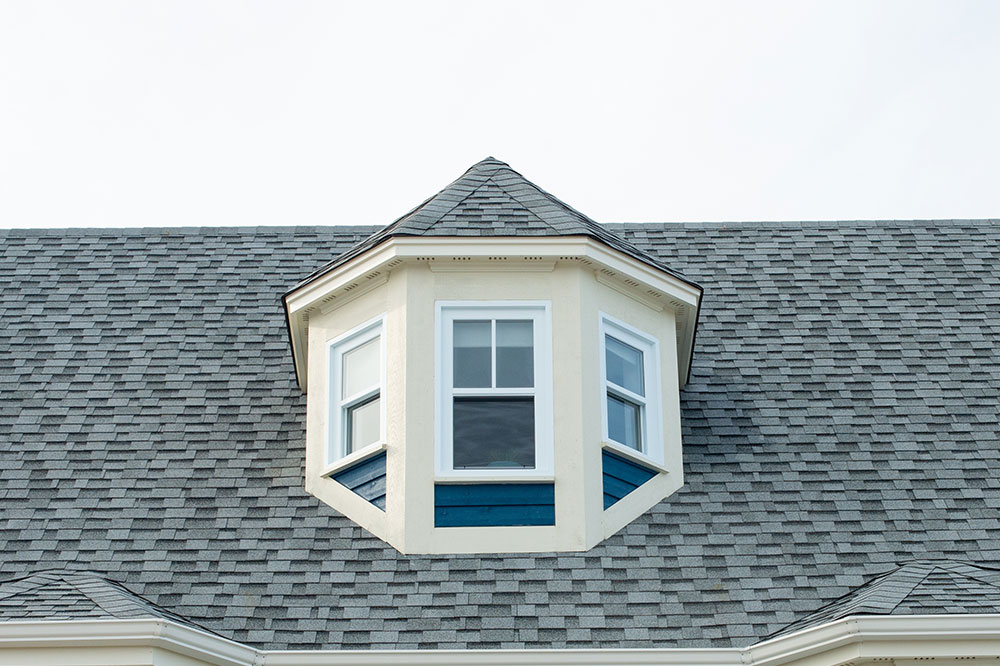6 Tips To Choose The Best Roof Shingle Colors
Roofing renovation might seem easy at first, but it can be complex and expensive. Furthermore, various factors must be considered before renovating your roof to ensure it gets the right look. When customers pay heavily for premium services, results matter. Right from buying the right color of shingles to comparing the best materials that suit your location and home space, here are some helpful tips to consider before remodeling your roof.
Discuss resources with the contractor
Roofing is a major upgrade and will cost you thousands of dollars depending on the scope of the renovation. So, you must ensure you get the best top-dollar services.

Pick the right shade
Know that your house’s color will determine the right shade of roof shingles to ensure the result looks appealing. Surprisingly, black, gray, and green shingles are the go-to shades for red, light gray, beige/cream, and white exteriors. The contrasting color works best with the existing exterior paint job. Rarely will you come across roof shingle colors like blue or white. Once the base color is fixed, you can use the color palette to compare shades and see what works best. Some homeowners prefer a lighter shade depending on the backdrop and surrounding environment. Others may use a darker shade to compensate for the lack of greenery or shrubbery in the background.
Location matters
Where you live makes a significant difference, as you’ll have to pick shingle colors that complement and blend seamlessly with the existing environment. If you are based down south, where the climate is warm, and temperatures can soar, it’s better to have light-colored shingles that help keep the home’s interior cool. On the other hand, homes in the pacific northwest will be better off with green, brown, and gray roof shingles that complement the natural greenery and sea. Cool grays and icy blue shingles are popular crowd favorites further up north because of the colder climates.
Choose from top trending colors
Market research and survey indicate there are seven top colors that homeowners often prefer when it comes to the shades of shingles. Onyx black is one of the top choices in hot and tropical climates because the color can reflect sunlight and reduce the heat entering the home. It’s an excellent choice in the hotter summer months. Sierra gray is the second favorite because it provides warm and cool tones, making it a suitable alternative for black shingles. Then there is estate gray that provides a highly sophisticated look with multiple shades of gray shingles overlapping each other. Driftwood is another fantastic color choice for warmer climates, as it reflects sunlight. Also, this color is the perfect mix of warm and cool tones suitable down south. The Brownwood shade suits homes with multiple design accents and exterior accessories. The color goes well with the versatile design of larger homes and works well with the contours of the space. Teak and desert rose are other trending roof shingle colors that work well for duplex suburban homes in temperate climates.
Check out nearby properties
Check out the neighborhood and compare the shingle colors of existing properties to get a vague idea. You don’t want to choose a flashy color that doesn’t blend in with the neighborhood. Furthermore, you don’t want to pick the same colors as your neighbors because there has to be some distinction factor. If you are renovating for the first time, it’s better to consult with contractors recommended by your neighbors. Examine the neighborhood at different times during the day to compare the best color for roof shingles in different lighting conditions.
Pick the right materials
Homeowners commonly lean towards asphalt shingles because this material is durable and available in various colors. Also, asphalt shingles are a more affordable choice for a large roofing project costing between $180 – $400 per 100 sq. ft. of area. If you can afford to pay more per shingle, opt for premium asphalt shingles that can last up to 50 years. They require very low maintenance but cost $300 – $600 per 100 sq. ft. area. Wood shingles are also a special installation material with minimal maintenance and a shelf life of at least 30 years. But these are also pricier upgrades costing $350 – $450 on average per 100 sq. ft. of area. Clay tiles are the most expensive of the lot at $500 – $780 per 100 sq. ft., with a maximum life expectancy of 100 years once installed.

